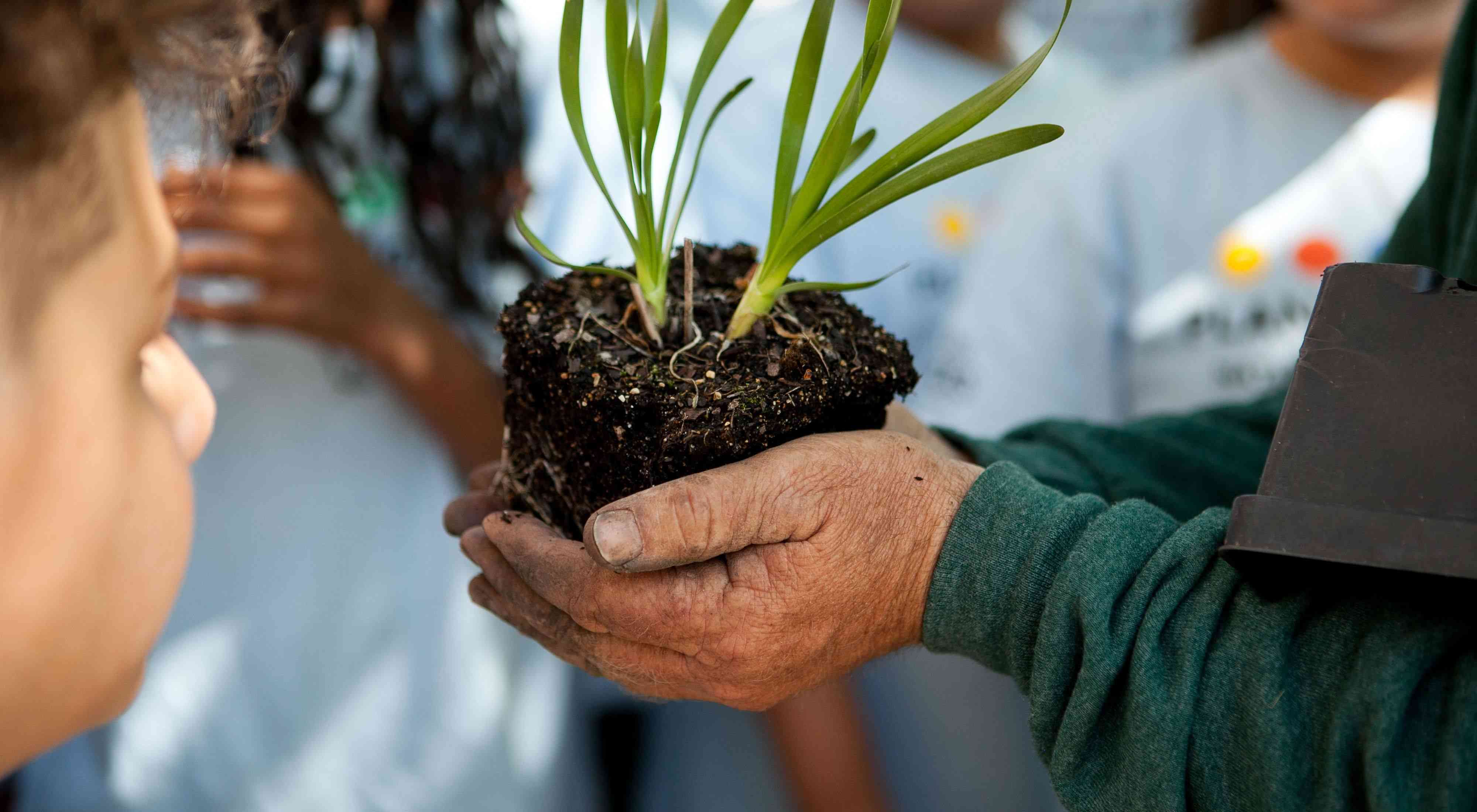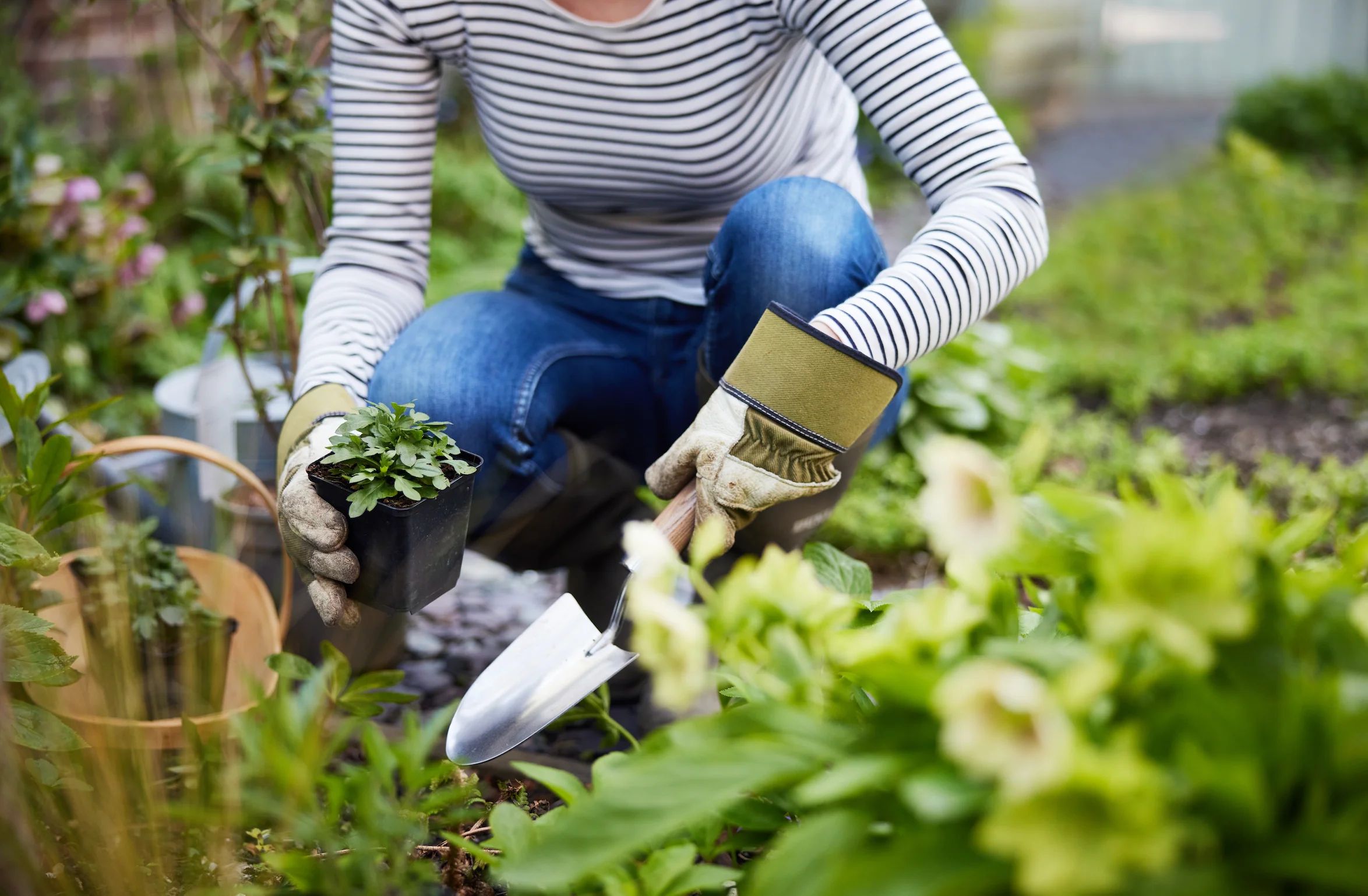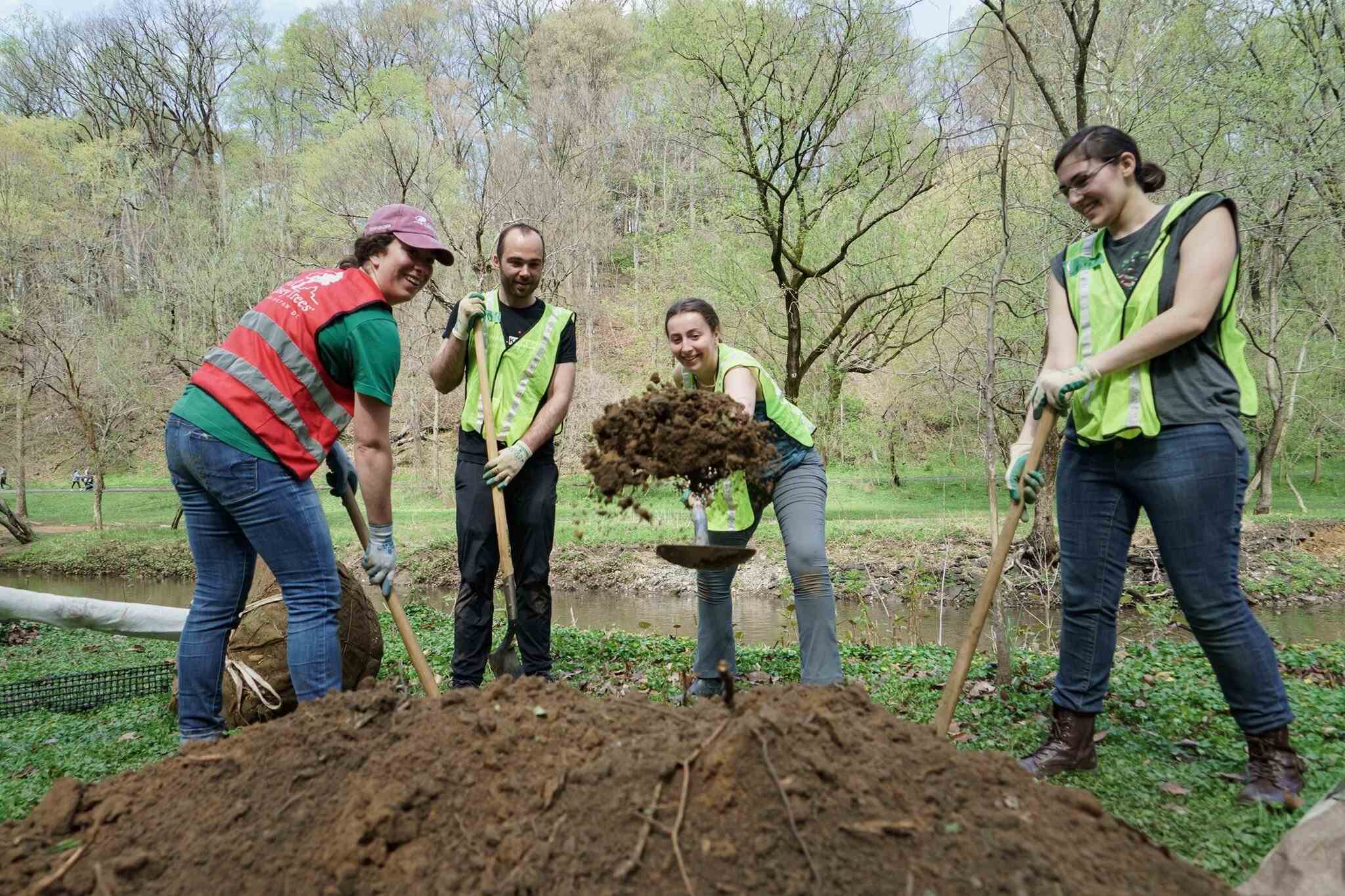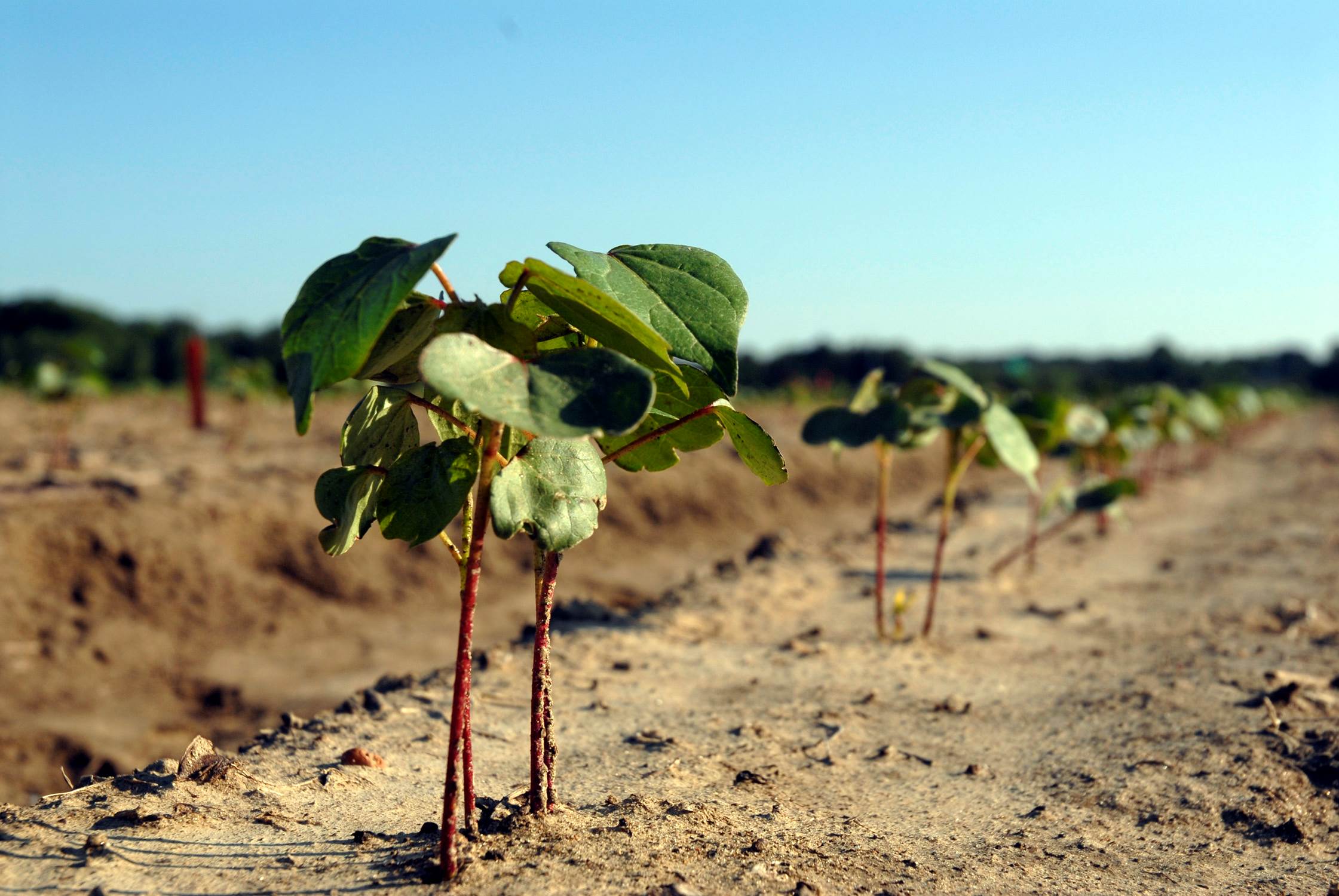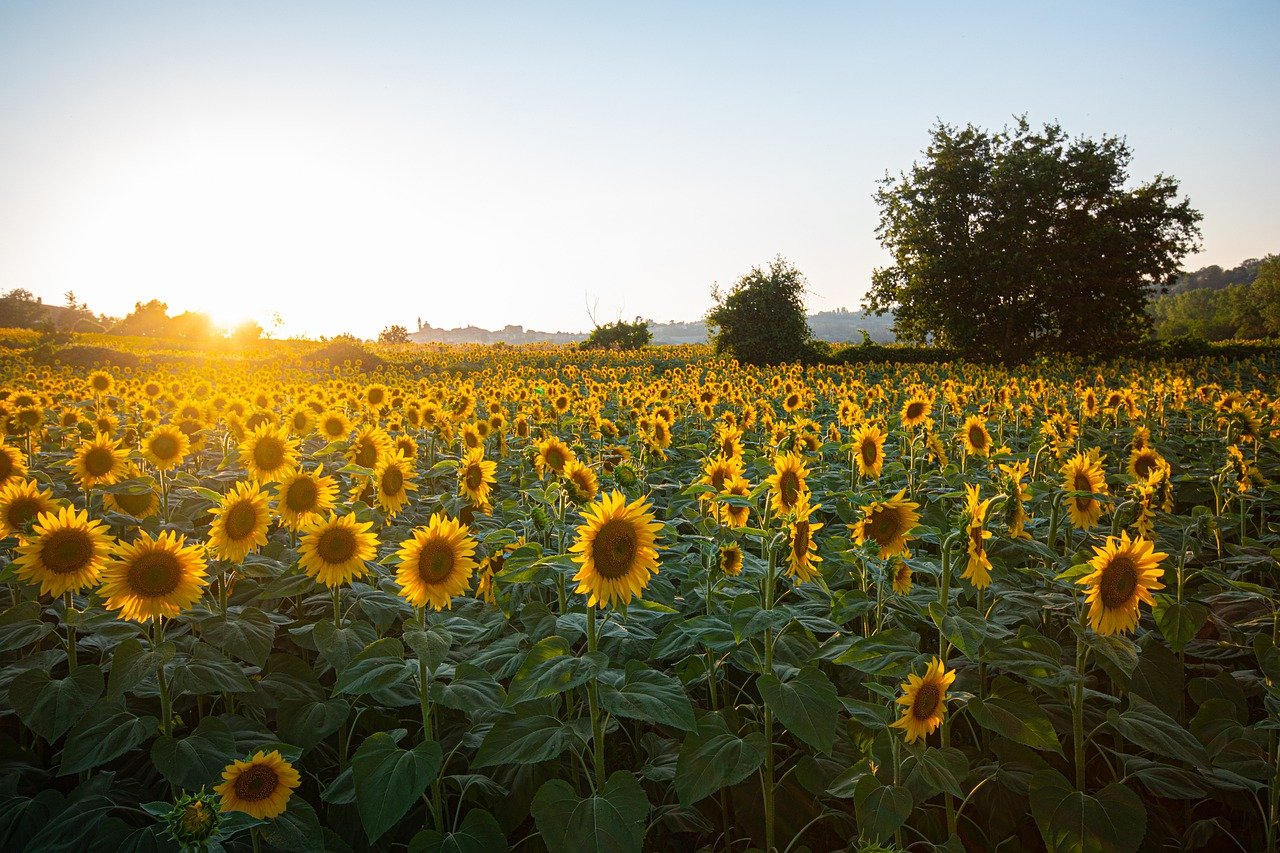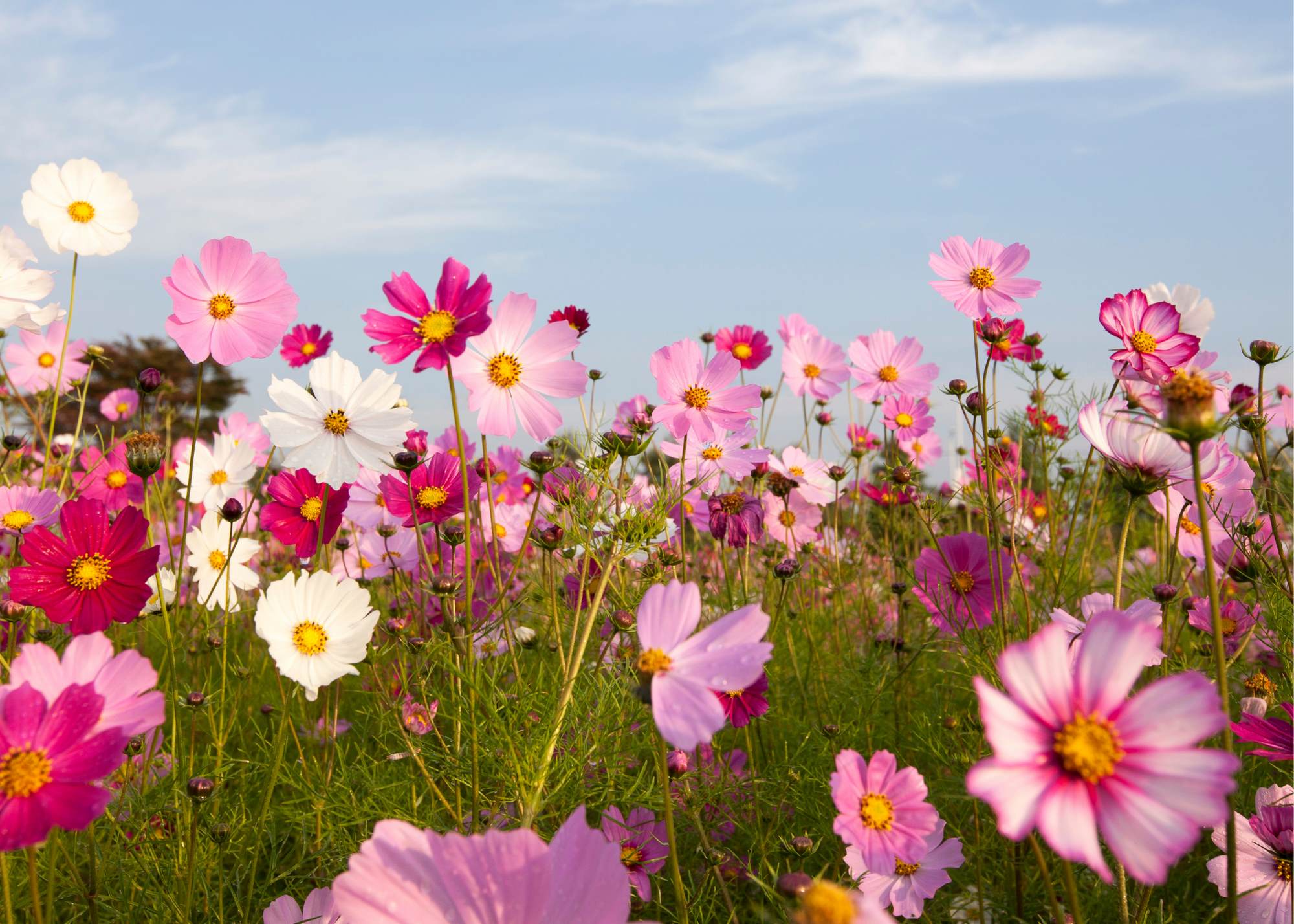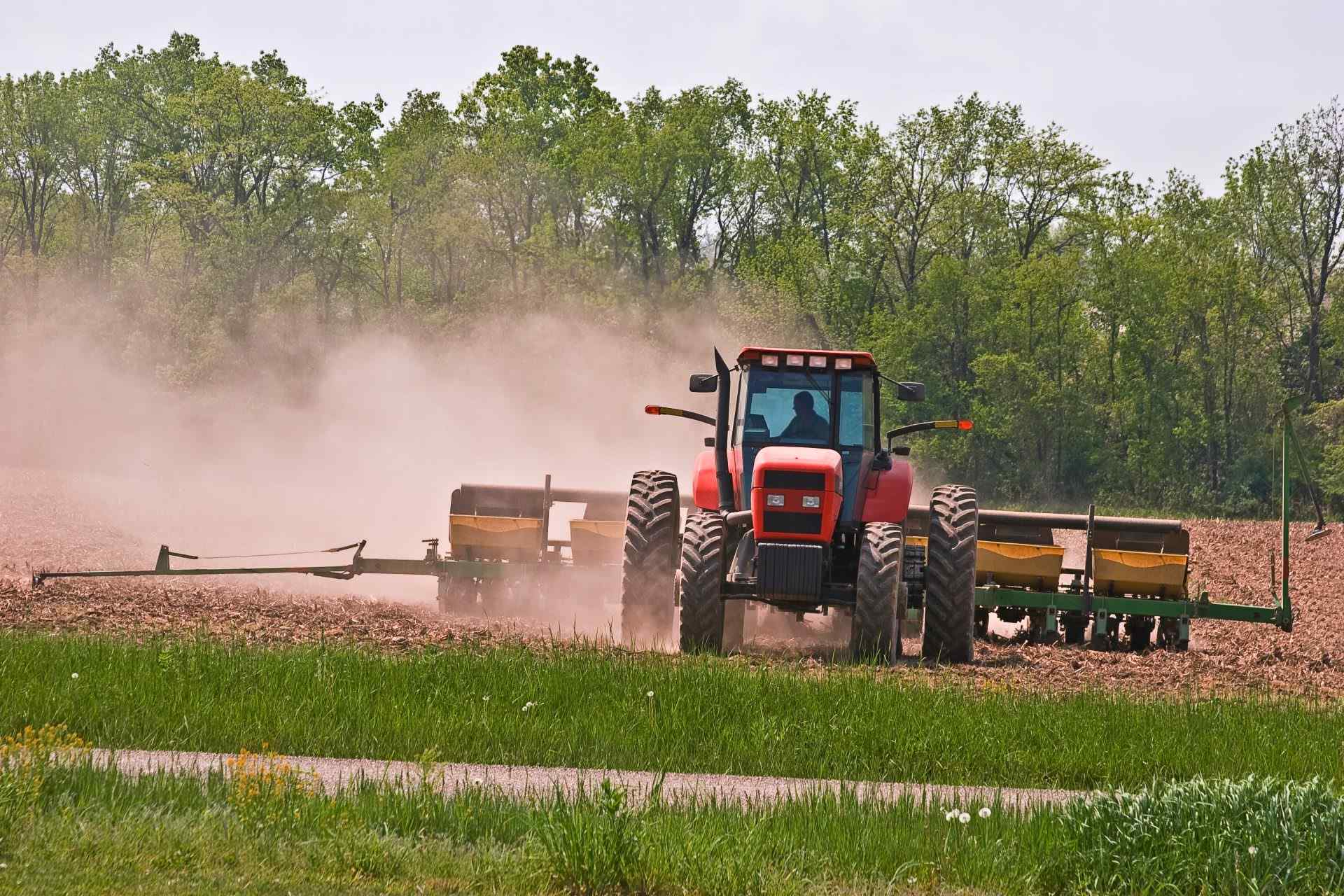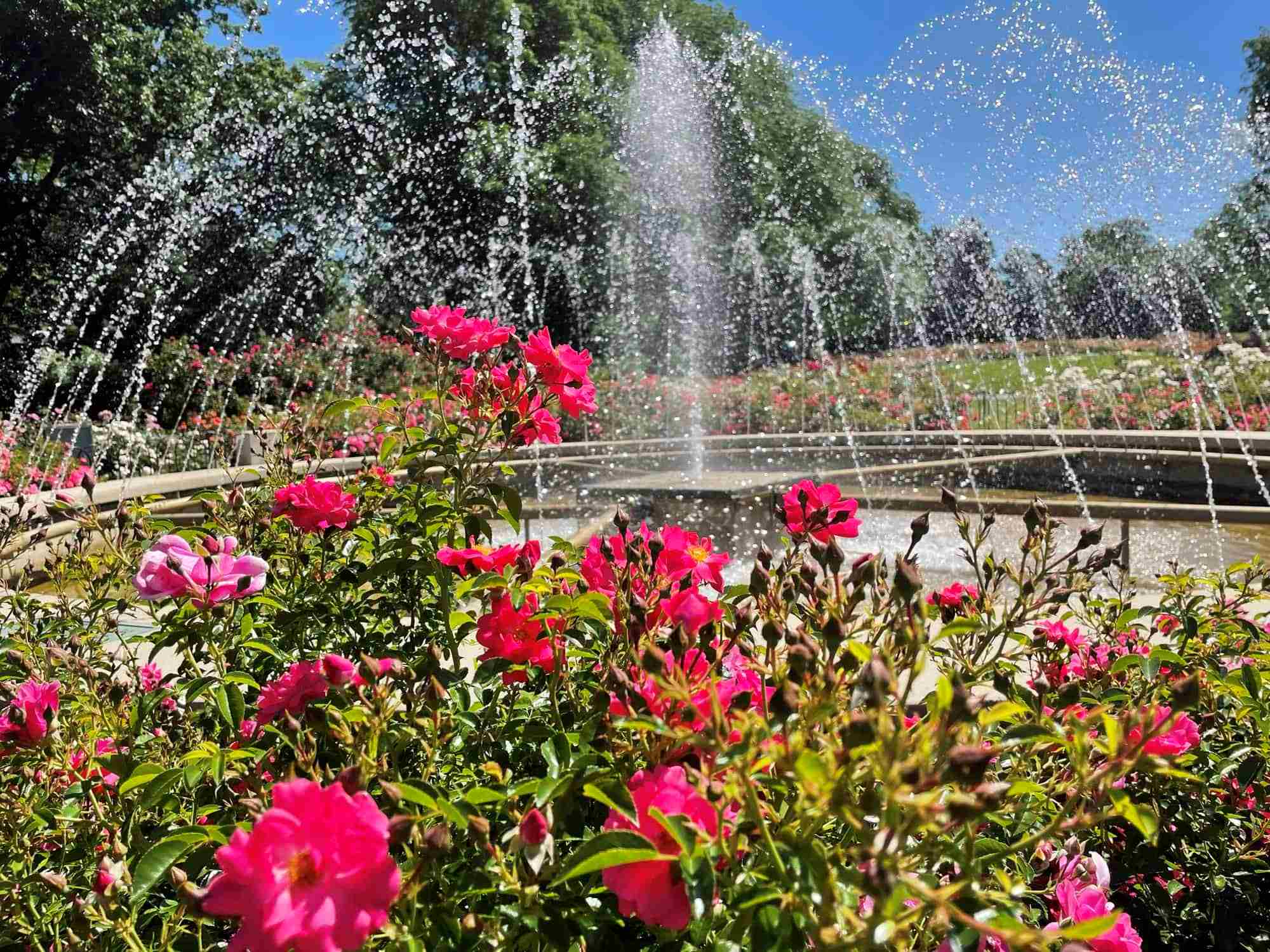Home>Gardening Basics>Understanding Soil>What Planting Zone Is Knoxville Tennessee
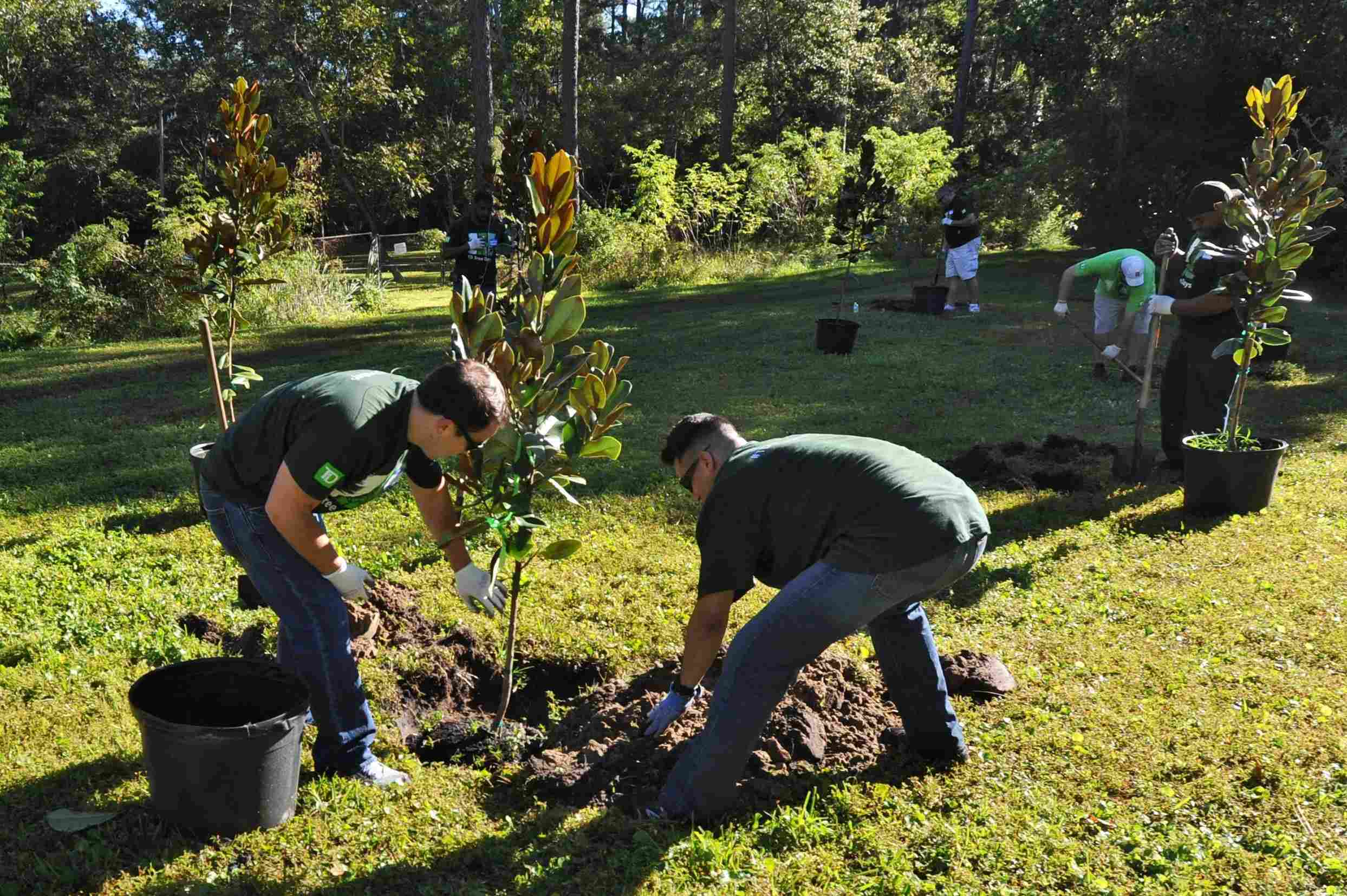

Understanding Soil
What Planting Zone Is Knoxville Tennessee
Modified: January 22, 2024
Discover the perfect planting zone for Knoxville, Tennessee and unlock the secrets of understanding soil to create a thriving garden.
(Many of the links in this article redirect to a specific reviewed product. Your purchase of these products through affiliate links helps to generate commission for Chicagolandgardening.com, at no extra cost. Learn more)
Table of Contents
Introduction
Welcome to the beautiful city of Knoxville, Tennessee! If you’re a gardening enthusiast or someone who loves to spend time outdoors, understanding the planting zones in Knoxville will be beneficial for your gardening endeavors. Planting zones are an essential tool for gardeners as they provide valuable information about the climatic conditions and the types of plants that thrive in a particular area.
Whether you’re a seasoned gardener or just starting on your gardening journey, having a good understanding of the planting zones in Knoxville will help you choose the right plants and ensure their success. In this article, we will explore the planting zone of Knoxville, Tennessee and provide recommendations for the best plants to grow in this area.
Planting zones are based on the average annual minimum temperature of an area and are divided into distinct zones to guide gardeners in selecting plant varieties that can survive and thrive in a particular region. These zones are determined by the United States Department of Agriculture (USDA) and are widely used across the country.
The planting zone system is a valuable resource for gardeners as it helps them select plants that are best suited for their specific climate. By understanding the planting zone of an area, you can avoid planting plants that are not well-adapted to the local climate, saving you time, money, and effort in the long run.
Now that we understand the importance of planting zones, let’s take a look at the factors that determine these zones and the specific planting zone of Knoxville, Tennessee. By the end of this article, you’ll have a better understanding of the planting zone in which Knoxville falls and the best plants to grow in this area.
Understanding Planting Zones
Planting zones, also known as hardiness zones, are specific geographic regions that are classified based on the average annual minimum temperature. These zones help gardeners determine which plants are most likely to thrive in their area. The United States Department of Agriculture (USDA) has created a comprehensive map that divides the country into various planting zones.
Each planting zone is represented by a number or a combination of numbers and letters. These zone designations provide crucial information about the typical weather conditions in an area, particularly the coldest temperatures a region experiences. By matching the hardiness zone of a particular plant with the planting zone of your location, you increase the chances of successful cultivation.
It’s important to note that planting zones are not the sole determining factor for plant survival. Other factors such as soil type, humidity levels, and seasonal variations in temperature can also influence plant health. However, understanding your planting zone is a great starting point for selecting appropriate plants for your garden.
Planting zones are typically categorized into 10-degree increments, ranging from zone 1, which experiences the coldest temperatures, to zone 13, which represents tropical regions. Each zone is further divided into sub-zones, labeled as “a” or “b,” which indicate variations within the main zone.
While the USDA planting zone map is widely used and reliable, it’s important to understand that local microclimates can exist within a larger zone. Factors such as elevation, proximity to bodies of water, and urban heat islands can influence the local temperature and create small variations within the general planting zone. It’s always a good idea to consult with local gardening resources or experienced gardeners in your area to gain more insight into the specific conditions in your location.
In the next section, we will explore the factors that determine planting zones in more detail, providing you with a better understanding of how these zones are established.
Factors That Determine Planting Zones
Several factors contribute to the determination of planting zones in a specific region. While the primary factor is the average annual minimum temperature, other climatic and geographical factors also play a significant role. Here are the key factors that influence the establishment of planting zones:
- Minimum Temperature: The average annual minimum temperature is the primary factor considered when determining planting zones. The USDA collects temperature data from various meteorological stations and calculates the lowest temperature that occurs in a specific region. This data is then used to categorize the area into a corresponding planting zone.
- Winter Extremes: In addition to the average minimum temperature, the duration and severity of cold spells during winter are also taken into account. Locations with longer and harsher winters are assigned to colder planting zones, indicating the need for cold-tolerant plant varieties.
- Heat Tolerance: While planting zones predominantly focus on cold hardiness, heat tolerance is also considered in some regions. Areas with sweltering summer temperatures are assigned higher planting zones to help gardeners choose plants that can withstand the heat.
- Geographic Features: Features such as elevation and proximity to bodies of water influence local temperature and climate patterns. Higher elevation areas tend to have cooler temperatures, while coastal regions experience a more moderate climate due to the influence of the sea. These geographic features can create microclimates within larger planting zones.
- Urban Heat Islands: Urban areas often have higher temperatures compared to surrounding rural regions due to the accumulation of heat in concrete and asphalt. These urban heat islands can cause microclimates that differ from the surrounding planting zone and may require different plant selections.
By considering these factors, the USDA is able to create a comprehensive planting zone map that provides gardeners with valuable information for successful plant cultivation. However, it’s important to remember that planting zones are just a guideline and not an absolute rule. Local variations, microclimates, and individual plant adaptability should also be taken into account when selecting plants for your garden.
Now that we understand the factors that determine planting zones, let’s explore the specific planting zone of Knoxville, Tennessee, in the next section.
Planting Zone Map of the United States
The United States is a geographically diverse country with a wide range of climates and growing conditions. To help gardeners navigate this diversity, the United States Department of Agriculture (USDA) has developed a comprehensive planting zone map. This map divides the country into distinct planting zones based on the average annual minimum temperature.
The USDA planting zone map is divided into 13 main hardiness zones, labeled as Zone 1 through Zone 13, with each zone differing by a 10-degree Fahrenheit increment. The map also includes sub-zones, labeled as “a” or “b”, which further refine the zones based on smaller temperature variations within the main zone.
Zone 1 represents the regions with the coldest temperatures, experiencing average minimum temperatures below -50°F, while Zone 13 represents tropical regions with average minimum temperatures above 60°F.
The planting zone map provides a valuable reference for gardeners to select plants that are best suited to their specific region. By matching the zone indicated on a plant”s label with the zone of their location, gardeners can ensure that the plants they choose will have a higher chance of thriving in their climate.
It”s important to note that the USDA planting zone map is based on past climate data and provides a general guideline. As mentioned earlier, localized variations and microclimates may exist within a specific planting zone. Factors such as elevation, proximity to bodies of water, and urban heat islands can affect the local climate and create unique growing conditions.
If you”re unsure about your specific planting zone, you can easily find the USDA planting zone map online. Simply enter your zip code or location, and the map will provide you with the corresponding planting zone for your area.
Now that we understand the planting zone map of the United States, let’s focus on the planting zone map of Tennessee in the next section.
Planting Zone Map of Tennessee
Tennessee is located in the southeastern region of the United States and experiences a diverse range of climates and growing conditions. To help gardeners select the most suitable plants for their gardens, the United States Department of Agriculture (USDA) has developed a planting zone map specific to Tennessee.
Tennessee is divided into multiple planting zones, ranging from Zone 6a in the mountainous areas of the eastern part of the state to Zone 8b in the warmer regions of the west. Each planting zone indicates the average annual minimum temperature range experienced in that area.
Zone 6a, found in the highest elevations of the Appalachian Mountains in the eastern part of Tennessee, experiences minimum temperatures between -10°F and 0°F (-23.3°C to -17.8°C). This zone is characterized by short growing seasons and colder temperatures compared to other parts of the state.
As we move westward in Tennessee, the climate becomes milder. Zone 7a covers much of the central part of the state, with average annual minimum temperatures ranging from 0°F to 5°F (-17.8°C to -15°C). This zone allows for a longer growing season and a wider variety of plant options.
Zone 8a, extending into the southern part of Tennessee, experiences average annual minimum temperatures between 10°F and 15°F (-12.2°C to -9.4°C). This zone offers a longer growing season and a wider range of plants that can be successfully cultivated.
Finally, Zone 8b covers the southwestern portion of Tennessee, with average annual minimum temperatures ranging from 15°F to 20°F (-9.4°C to -6.7°C). This zone enjoys a longer growing season and milder winters, allowing for the successful cultivation of a diverse array of plants.
When planning your garden in Tennessee, referring to the specific planting zone map can greatly assist in selecting plants that are well-suited to your region”s climate. By choosing plants that thrive in your planting zone, you increase the chances of successful growth and a bountiful harvest.
Now that we have explored the planting zone map of Tennessee, let”s delve into the specific planting zone of Knoxville, Tennessee, in the next section.
Planting Zone of Knoxville, Tennessee
Situated in the eastern part of Tennessee, Knoxville is known for its picturesque landscapes and diverse ecosystems. When it comes to gardening in Knoxville, understanding the specific planting zone of the area is crucial for successful plant selection and cultivation.
Knoxville, Tennessee falls under USDA planting zone 7a. This zone is characterized by average annual minimum temperatures ranging from 0°F to 5°F (-17.8°C to -15°C). The relatively mild winters and longer growing seasons in this zone provide favorable conditions for a variety of plants to thrive.
With the planting zone of 7a, gardening enthusiasts in Knoxville have the opportunity to grow a wide range of vegetables, fruits, flowers, and ornamental plants. Some popular plants that thrive in this zone include tomatoes, peppers, beans, lettuce, zinnias, marigolds, hydrangeas, crepe myrtles, and dogwoods.
However, it’s still essential to consider other factors such as soil type, sunlight exposure, and moisture levels in your garden. Different areas within Knoxville may have microclimates that can affect plant growth. For example, areas closer to the Smoky Mountains may experience cooler temperatures compared to urban areas.
It’s always a good idea to consult with local gardening resources or experienced gardeners in the Knoxville area to gain insights into the specific growing conditions and plant recommendations. They can provide valuable advice on which plants are best suited for your particular microclimate within the planting zone.
By understanding the planting zone of Knoxville, Tennessee, and considering the unique characteristics of your garden, you can create a beautiful and thriving garden that is well-adapted to the local climate.
In the next section, we will provide some recommendations for plants that are well-suited to Knoxville’s planting zone, helping you kickstart your gardening journey in this vibrant city.
Recommended Plants for Knoxville’s Planting Zone
With Knoxville falling under USDA planting zone 7a, gardeners in this area have a wide selection of plants to choose from. Here are some recommended plants that thrive in Knoxville’s planting zone:
- Vegetables: Tomatoes, peppers, beans, lettuce, squash, and cucumbers are popular choices for vegetable gardening in Knoxville. These warm-season crops flourish in the longer growing seasons and provide abundant harvests.
- Fruits: Consider planting fruit trees such as apples, peaches, and cherries, which are well-suited to Knoxville’s climate. Blueberries, strawberries, and blackberries also thrive in this zone.
- Flowers: Zinnias, marigolds, sunflowers, petunias, and impatiens are colorful annual flowers that add vibrancy to any garden. Perennial flowers such as daylilies, coneflowers, and black-eyed Susans are well-suited to the climate and provide beautiful blooms year after year.
- Ornamental Trees and Shrubs: Knoxville’s planting zone is ideal for a variety of ornamental trees and shrubs. Consider planting dogwood trees, crepe myrtles, redbuds, magnolias, and Japanese maples to enhance the visual appeal of your landscape.
- Herbs: Chives, basil, thyme, rosemary, and parsley are herbs that thrive in Knoxville’s planting zone. Growing your own herbs is a wonderful way to add flavor to your dishes while enjoying the benefits of fresh and aromatic herbs in your cooking.
- Native Plants: Incorporating native plants in your garden is a great way to support local ecosystems and attract native wildlife. Some native plants suitable for Knoxville include the Eastern Redbud, Black-eyed Susan, Butterfly Milkweed, and Red Maple.
Remember to consider your specific garden conditions, such as sunlight exposure and soil type, when selecting plants. It’s also important to provide proper care, including watering, fertilizing, and regular maintenance, to ensure the health and vitality of your plants.
Consulting with local nurseries or botanical gardens is a fantastic way to gather further knowledge on plant recommendations specific to Knoxville’s planting zone. These experts can provide more insights and advice on plants that thrive in the area.
Now that you have a list of recommended plants for Knoxville’s planting zone, you can begin planning and transforming your garden into a beautiful and thriving oasis.
Conclusion
Understanding the planting zones and the specific planting zone of Knoxville, Tennessee is essential for successful gardening. By knowing your planting zone, you can select plants that are well-suited to the local climate and conditions, increasing the chances of a thriving and bountiful garden.
In this article, we explored the concept of planting zones and how they are determined. We learned that factors such as minimum temperature, winter extremes, heat tolerance, geographic features, and urban heat islands play a crucial role in defining planting zones.
We also delved into the planting zone maps, both for the United States and specifically for Tennessee. The USDA planting zone map provides gardeners with a comprehensive guide to selecting plants suitable for their region. In Tennessee, the wide range of planting zones offers diverse gardening opportunities, depending on the location within the state.
For Knoxville, we discovered that it falls under planting zone 7a. This moderate planting zone allows for a variety of vegetable, fruit, flower, and ornamental plant options. By taking into account the specific conditions of your garden, including soil type, sunlight exposure, and microclimates, you can further tailor your plant selections for optimal growth.
Finally, we provided a list of recommended plants for Knoxville’s planting zone, including vegetables, fruits, flowers, ornamental trees and shrubs, and herbs. Incorporating these plants into your garden will add beauty and vibrancy to your outdoor space.
Remember, successful gardening also requires proper care and maintenance of your plants. Regular watering, fertilizing, and pruning, along with observing any specific needs of the selected plants, will help ensure their health and longevity.
So, armed with your knowledge of the planting zone and recommended plants for Knoxville, it’s time to get your hands in the soil and enjoy the joy of gardening in this beautiful city.
